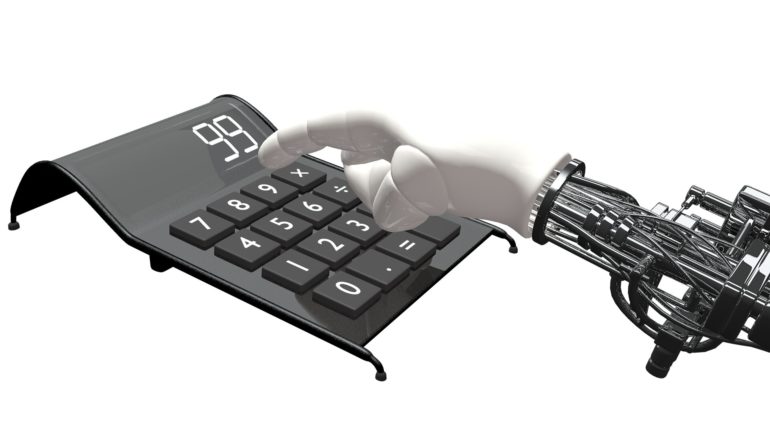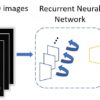Subramanian Sundaram, a biological engineer affiliated with both Boston University and Harvard has been looking into the current state of robot hands and proposed ideas regarding where new research might be heading. He has published a Perspective piece in the journal Science outlining the current state of robotic hand engineering.
By almost any measure, robot hand design has evolved into sophisticated territory—robot hands can not only pick things up and let them go, they can sometimes “feel” things and respond in human-like ways—and in many cases, do it with extreme dexterity. Unfortunately, despite substantial inroads to giving robot hands human-like abilities, they still fall far short. Sundaram notes that one area where they need major improvement is in sensing things the way humans do, namely: feeling pressure, temperature and that hard-to-classify sense, pleasure. You cannot tickle a robot hand, for example, and expect a human-like response. Sundaram explains in great detail what is known about the human hand and how it processes sensations, and suggests that robot analogs might possible. He notes that not everything about a robot hand needs to be done in the same way as the human hand. For example, what if engineers gave robot hands vision to allow them to see what is happing directly from the hand’s point of view?
Sundaram suggests that machine learning appears likely to play a major role in improving the robot hand, as well—along with the brain that controls it. It might be possible to teach a robot how to react to being handed a hot potato, for example, by giving it examples of people responding to them. In like manner, robots might learn how to crack open a walnut, apply nail polish or brush dirt off another part of the robot body simply by watching YouTube videos.
He suggests there are three broad themes that might provide a roadmap of sorts for future robot hand research: emphasizing tactile sensor capabilities over the lifetime of a robot, addressing longevity of the data that is collected, and perhaps the most difficult, addressing the myriad of sensations that are expected of hands—being able to identify a cold coin dropped into the hand in the dark, for example.
Boston Dynamics to give Spot a robot arm and charging station
More information:
Subramanian Sundaram. How to improve robotic touch, Science (2020). DOI: 10.1126/science.abd3643
2020 Science X Network
Citation:
Biological engineer outlines state of robot hands and makes suggestions for the future (2020, November 18)
retrieved 21 November 2020
from https://techxplore.com/news/2020-11-biological-outlines-state-robot-future.html
This document is subject to copyright. Apart from any fair dealing for the purpose of private study or research, no
part may be reproduced without the written permission. The content is provided for information purposes only.



